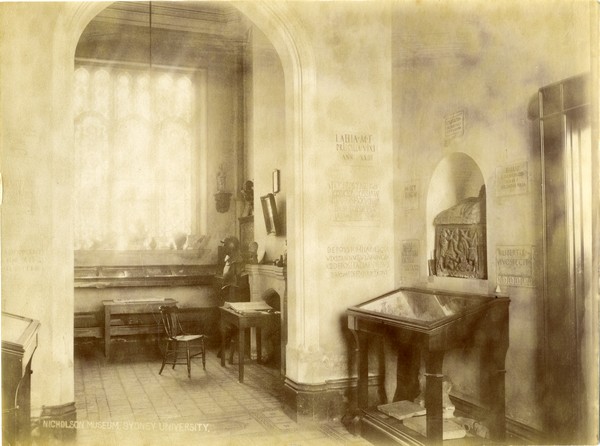What are 78 Latin and Greek inscriptions, at least 2 of which are fake, doing in Australia? That must be the question Prof Lorenzo Calvelli asked himself when, in January, he went to the University of Sydney on an Erasmus+ ICM mobility programme and saw the Nicholson Epigraphic Collection. NEC is the largest collection of ancient inscriptions in the Southern Hemisphere. It was originally housed at the Nicholson Museum, i.e., the Museum of Antiquities at the University of Sydney, (founded in 1860) and has now been moved to the new Chau Chak Wing Museum at the University.
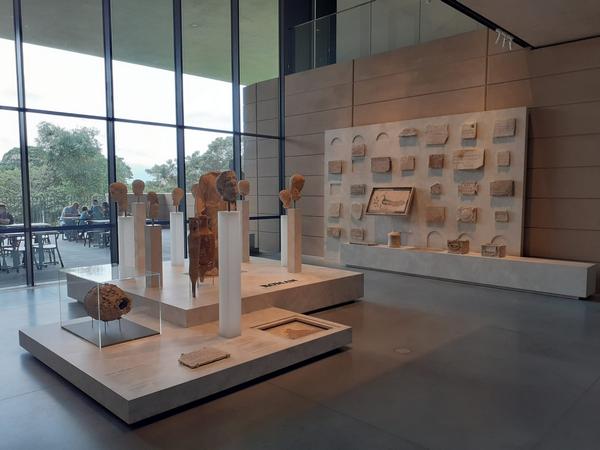
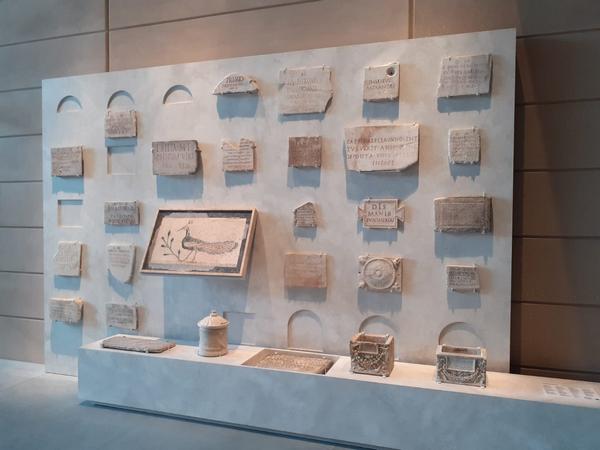
An international collaborative research project developed in collaboration with Australia's oldest university around this unique collection. The project aims to investigate the corpus of Roman-period inscriptions preserved in Australia since the 19th century. The investigation aims to comprehensively analyse the Nicholson collection by bringing together the humanities and applied sciences, in collaboration with the staff of the Chau Chak Wing Museum and, in particular, with Dr. Candace Richards, Assistant Curator of the Nicholson Collection. The coordinator of the project is Professor Lorenzo Calvelli, aided by Ca’ Foscari student Ludovico M. Bevilacqua, who travelled to Sydney and worked on the inscriptions there between March and June 2022 as part of his master's thesis (with an Erasmus ICM grant).
Almost all the inscriptions in the collection were gathered, with hundreds of other antique objects, by Sir Charles Nicholson (1808-1903), an English intellectual who emigrated to Australia and was the founder and rector of the University of Sydney in 1850, a prominent politician, as well as a prominent collector of antiquities. Nicholson greatly enriched his collections during two trips to Italy, Egypt and Greece in 1857 and 1858 - a kind of Grand Tour that he undertook in order to provide his students with direct and deeper knowledge of archaeological specimens from the Ancient Mediterranean.
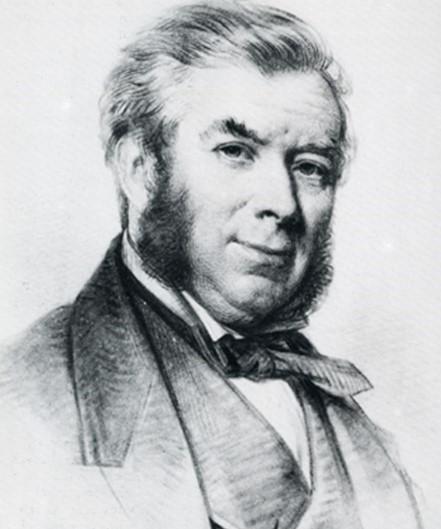
"Nicholson," Lorenzo Calvelli explains, "wanted to create the first Australian Museum of Antiquities. Our research project aims to identify the provenance of the Roman inscriptions in the Nicholson Epigraphic Collection by analysing the material in situ, examining its contents, and researching unpublished documentation in archives dating back to the mid-19th century. We are also investigating Nicholson's colonial approach to ancient artifacts, to better understand his rationale: he seems to have had an interest in the social history of the Roman lower classes, and we hope to throw some light onto the goals of his educational project."
In Nicholson's intentions, the museum was to be a training ground for young history students and provide them with hands-on as well as theoretical expertise. It was to be a place for learning, like its European models. With this goal in mind, Nicholson sought funding for his travels to Italy, Greece and Egypt, where he set out to buy antiquities, including inscriptions. Evidence of his travels is in the stamps on his original passport, which is now preserved in the archives of the University of Sydney, testifying to his numerous travels during that period, particularly between Rome, Naples and Florence: the Kingdom of Italy did not yet exist, and travels entailed continuous border crossing. Nicholson sought out the best antiquarians of his time, visited them and purchased from them numerous funerary inscriptions, such as slabs and some cinerary urns retrieved in underground columbaria. He preferred small- size objects, possibly for easier or cheaper shipment to the Southern hemisphere.
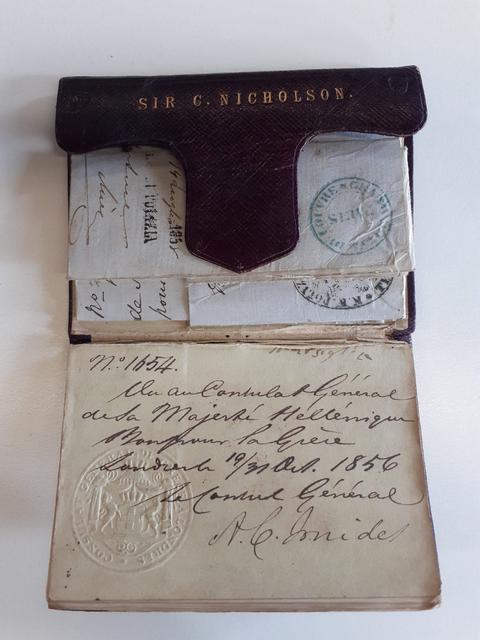
"The study of the archival documentation relating to the inscriptions in the collection, including documents referring to the period prior to their transfer to Australia," adds Ludovico M. Bevilacqua, "allowed us to understand where many of the epigraphs came from. We traced 13 of them to Rome (in the area between the Via Appian, Via Latina and Via Ardeatina) and as many as 39 to Campania, mainly to the Phlegrean region between Pozzuoli and Cape Miseno. We also analysed in depth the Italian antiquarian market at the time of Nicholson's arrival, and were able to trace some of the inscriptions back to well-known collectors and antiquarians of the time, whom Nicholson probably met personally, including Giovanni Battista Guidi in Rome and Raffaele Barone and Don Giuseppe de Criscio in Naples."
These are mainly inscriptions referring to freedmen or slaves, but many are connected to sailors enrolled in the fleet at Cape Miseno.
Since the beginning of the project, all the stone and marble inscriptions in the Nicholson collection have been subject to an in-depth analysis, carried out in accordance with the methods of modern epigraphy. The artefacts were analysed by Ludovico Bevilacqua during his work in the museum’s Research Room, and catalogued under the supervision of Prof. Calvelli. The Australian academic community has shown interest in the project, and the latter was presented during the Mediterranean Australasian Archaeology Research Community (MAARC) Conference on February 14, 2023.
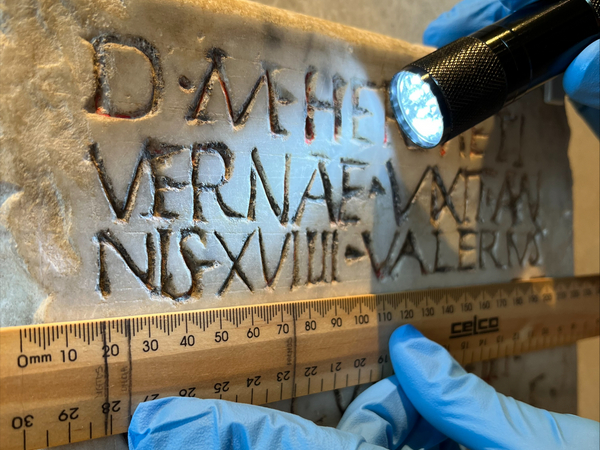
As a next step, the project involves uploading information on the inscriptions from the Nicholson collection (both the data collected so far, and the new information deriving from a further fellowship awarded by the Italian Institute for Ancient History) on the digital Epigraphic Database Roma (EDR), a key resource for epigraphic studies. A dedicated conference and a full publication on the research are also on the way.
